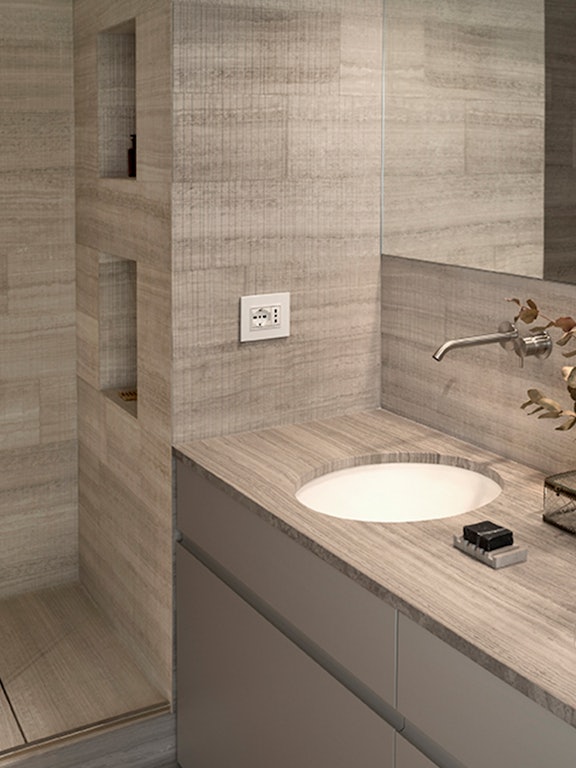How BIM can be a tool to bridge the generational gap
03.2022
Over the next few years we can expect to see a dramatic transformation in the way interior and architectural projects are designed, planned and managed.
Decision-making processes for the entire lifecycle of buildings and infrastructures will be increasingly determined and guided by informatised, automated software-based systems as the Fourth Industrial Revolution or, as it is commonly referred to, Industry 4.0, gains traction.
BIM (Building Information Modelling) is a vital component in the digital revolution in the construction sector which historically has not had great success in developing efficient automated processes. One example is the lack of prototyping with the prototype often coinciding with the construction of the project itself.

BIM enables the entire process of designing, planning, managing and building a project to be handled by means of digital data by creating virtual prototypes. This practice, which has already been used with success in the aerospace and automotive sectors, enables parties to make more informed decisions regarding the final specs of a building or infrastructure. Architectural, structural and construction site choices can be identified and resolved in the initial phases of the design and planning process, rather than later on when work is underway and any changes will have costlier impact, whether that be in terms of timing, budget or quality.
Placing digitalisation at the centre of a project, can, however, bring its own challenges in striking a harmonious balance between software-savvy graduates with little practical knowledge of the construction industry and older, experienced professionals who are not up to speed with digital tools. This is where BIM can play an important part.
Before long we will see a reworking of tasks, responsibilities and business models in the construction sector with the introduction of roles dedicated to the management of BIM projects, such as BIM Manager, BIM Coordinator or BIM Specialist. These will work alongside traditional functions of the architectural, structural and construction disciplines and will bring the two streams of knowledge and know-how together. Experienced designers and young professionals will be able to benefit equally from the advent of new technologies, creating integrated working structures through pooling their respective areas of expertise.
In short, synergy will be the key in overcoming the generational gap, with BIM at its core.


